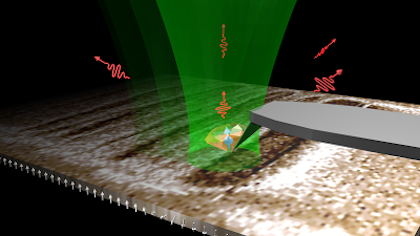Rechercher
Accueil > La Recherche > Axes & Equipes > Physique de l’Exciton, du Photon & du Spin > Technologies Quantiques à l’Etat Solide
Technologies Quantiques à l’Etat Solide
Membres actuels
CASSABOIS Guillaume (Enseignant Chercheur)
DREAU Anais (Chercheur)
FINCO Aurore (Chercheur)
GIL Bernard (Chercheur)
JACQUES Vincent (Chercheur)
PHILIP Isabelle (Chercheur)
VALVIN Pierre (IT)
Axe Physique de l’Exciton, du Photon et du Spin
Domaines de Recherche
L’équipe "Technologies Quantiques à l’Etat Solide" (S2QT), conjointement avec l’équipe "Dynamique de spin (SPIN)", développe son activité autour de 6 thèmes :
| Physique du spin | Etats quantiques collectifs | Matériaux grand gap |
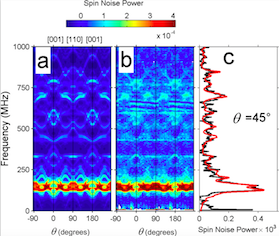
|
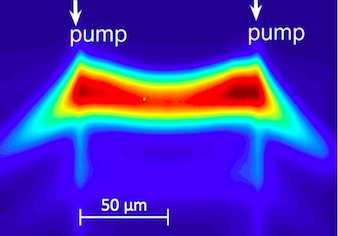
|
Matériaux grand gap |
| Matériaux 2D | Nanophotonique et metamatériaux | Technologies quantiques à l’état solide |
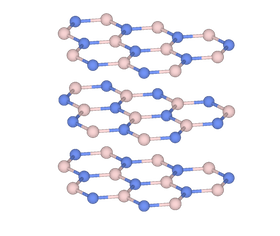
|
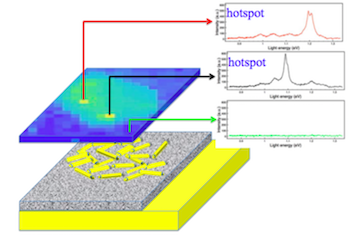
|
Plateformes expérimentales
Les activités expérimentale des équipes s’appuient entre autres sur des plateaux expérimentaux d’exception :
| Spectroscopie jusqu’au domaine UV | Magnéto-optique |
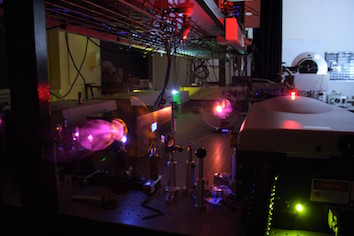
|
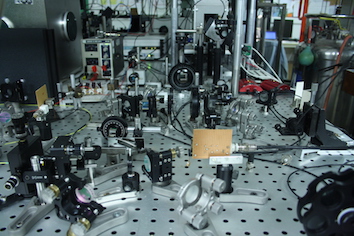
|
Nous rejoindre
Plusieurs possibilités de stages, thèses et post-doctorats sont offertes au sein des équipes, parmi lesquelles :
– Stage : Thermal sensing at nanoscale with a single spin qubit
– Stage : Imaging magnetism at nanoscale with a quantum magnetometer
– Stage : Identifying spin qubit defects in wide bandgap materials
– Stage : Optical thermotronics
Toutes les productions
Dernières publications

|
Charge State Tuning of Spin Defects in Hexagonal Boron Nitride  Auteur(s): Fraunié Jules, Clua-Provost Tristan, Roux S., Mu Z., Delpoux A., Seine G., Lagarde D., Watanabe K., Taniguchi T., Marie X., Poirier T., Edgar J, Grisolia J., Lassagne B., Claverie A., Jacques V., Robert C.
(Article) Publié:
Nano Letters, vol. 25 p.5836-5842 (2025)
Texte intégral en Openaccess : |

|
Room temperature magnetic vortices in the van der Waals magnet Fe5GeTe2  Auteur(s): Sfeir E., Schrader Carolin, Fabre F., Courtin Jules, Vergnaud Céline, Marty Alain, Jamet Matthieu, Bonell Frédéric, Robert-Philip I., Jacques V., Finco A.
(Article) Publié:
Physical Review Materials, vol. 9 p.114003 (2025)
Texte intégral en Openaccess : |

|
Isotope Substitution and Polytype Control for Point Defects Identification: The Case of the Ultraviolet Color Center in Hexagonal Boron Nitride  Auteur(s): Plo J., Pershin A., Li S., Poirier T., Janzen E., Schutte H., Tian M., Wynn M., Bernard S., Rousseau A., Ibanez A., Valvin P., Desrat W., Michel T., Jacques V., Gil B., Kaminska A., Wan N., Edgar J. H., Gali A., Cassabois G.
(Article) Publié:
Physical Review X, vol. 15 p.021045 (2025)
Texte intégral en Openaccess : |
Actualités
D. Felbacq gave a lecture on Topological Photonics at the Summer School on Nanophotonics and Metamaterials held in St Petersburg 21-24 June 2016 (http://metalab.ifmo.ru/school/).







